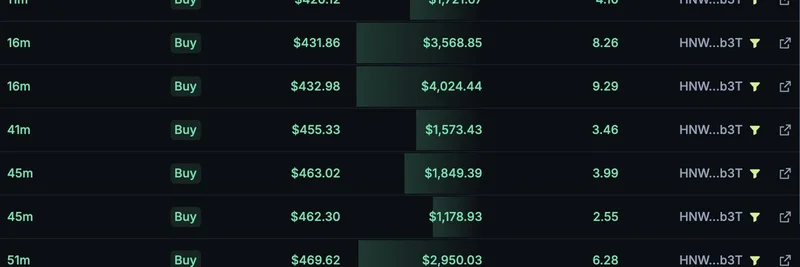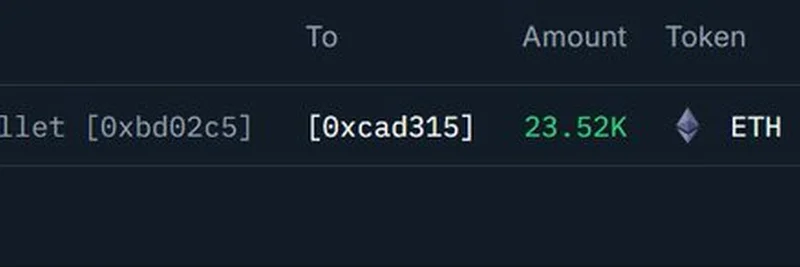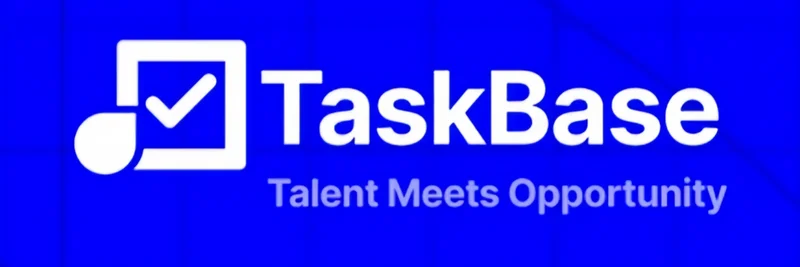The world of Web3 is constantly evolving, and one of the latest advancements comes from the Sui Network, which is making waves with its innovative stack of technologies: Walrus Protocol, Seal, and Nautilus. These components are not just about speed; they are about creating a modular infrastructure that can scale with the vision of the future. Let's dive into what makes this combination so significant.
Understanding the Sui Stack
Walrus Protocol: Decentralized Storage Redefined
At the heart of this transformation is the Walrus Protocol, a decentralized storage network designed to handle unstructured data blobs efficiently. Unlike traditional blockchain storage, which often requires high replication costs, Walrus leverages innovations in erasure coding. This means it can encode data into smaller pieces (slivers) that are distributed across a network of storage nodes. Even if up to two-thirds of these slivers are missing, the original data can still be reconstructed rapidly. This approach significantly reduces storage costs while maintaining data availability and robustness.
For example, creators can store encrypted media on Walrus and only provide access to those who have paid for it, ensuring a secure and efficient subscription model. This is particularly useful in scenarios where large amounts of data, like videos or blockchain histories, need to be stored without the overhead of traditional replication.
Seal: Enhancing Security and Privacy
Seal complements Walrus by adding a layer of security and privacy. It ensures that the data stored on the network is protected through encryption, making it accessible only to authorized parties. This is crucial for maintaining trust in a decentralized environment where data integrity and privacy are paramount. Seal's integration with Walrus means that while the storage is decentralized, the access control remains tightly managed, aligning with the needs of modern Web3 applications.
Nautilus: Computation at Scale
Nautilus brings computational power to the stack, enabling complex operations and smart contracts to run efficiently on the Sui Network. It's designed to handle the computational demands of Web3 applications, ensuring that they can scale without compromising on performance. This is particularly important for applications that require real-time data processing or extensive computational tasks, such as decentralized finance (DeFi) platforms or gaming ecosystems.
Why This Matters for Web3
The combination of Walrus, Seal, and Nautilus is not just a technical feat; it's a strategic move towards a more scalable and modular Web3 infrastructure. Here's why this is important:
- Modularity: Each component can be used independently or together, allowing developers to build tailored solutions that meet specific needs. This modularity is key to adapting to the diverse requirements of Web3 applications.
- Scalability: The Sui Network's approach ensures that as the network grows, the infrastructure can scale accordingly. This is critical for handling the increasing load of data and transactions in the Web3 space.
- Efficiency: By reducing replication costs and enhancing security and computation, the Sui stack offers a more efficient alternative to traditional blockchain solutions.
Real-World Applications
To put this into perspective, consider a decentralized advertising platform like Alkimi Exchange. In a recent discussion, Chandru Narayana and Adam Chorley explored how Walrus, Seal, and Nautilus could transform advertising infrastructure. The ability to store large amounts of data securely and process it efficiently could revolutionize how ads are managed and delivered in a decentralized environment, ensuring transparency and reducing costs.
Conclusion
The Sui Network's Walrus Protocol, Seal, and Nautilus are not just tools; they are the building blocks of a new era in Web3 infrastructure. By focusing on modularity, scalability, and efficiency, they are paving the way for a more robust and adaptable decentralized future. As we continue to see innovations like these, it's clear that the landscape of Web3 is being reshaped, offering exciting possibilities for developers and users alike.



